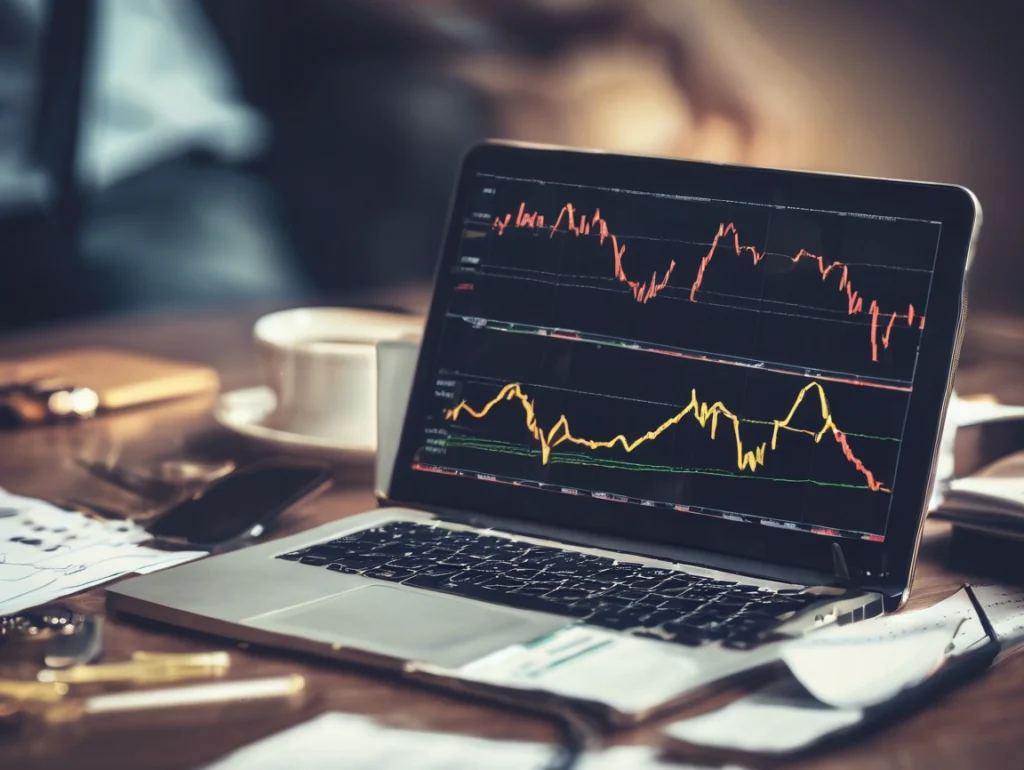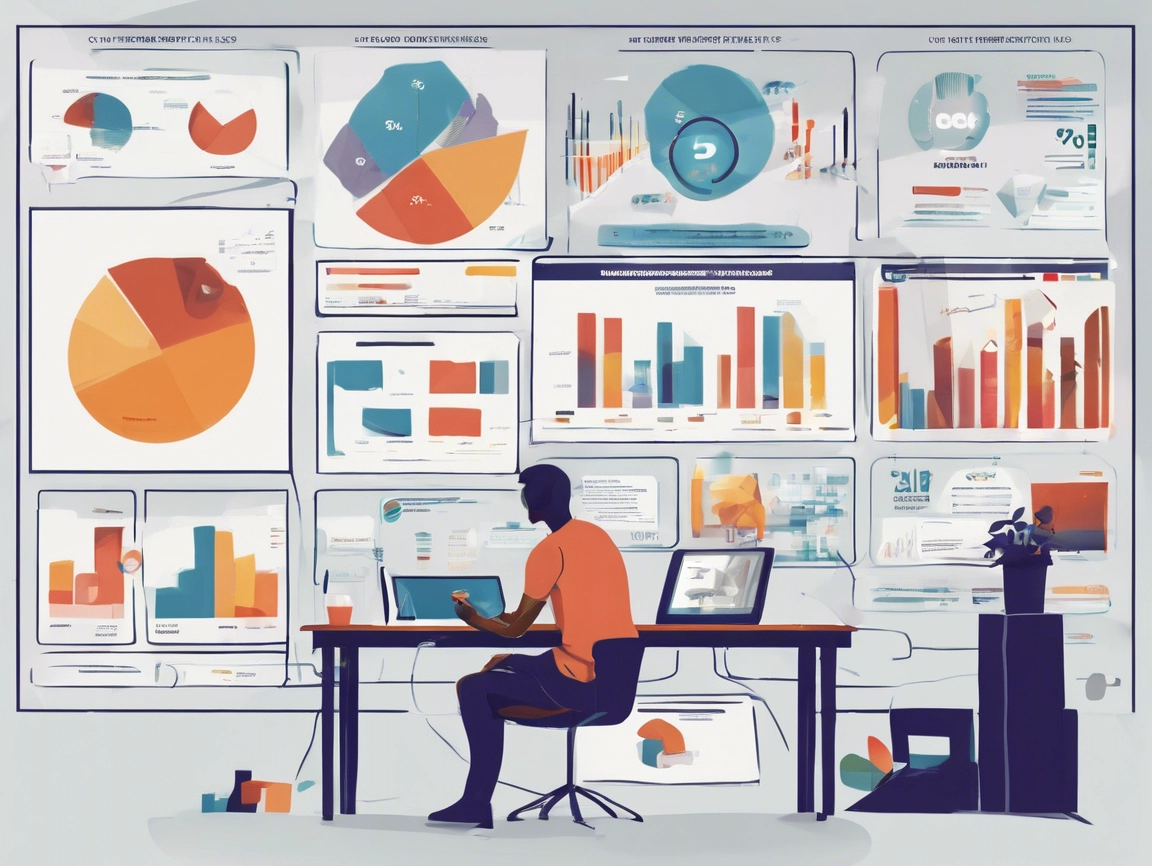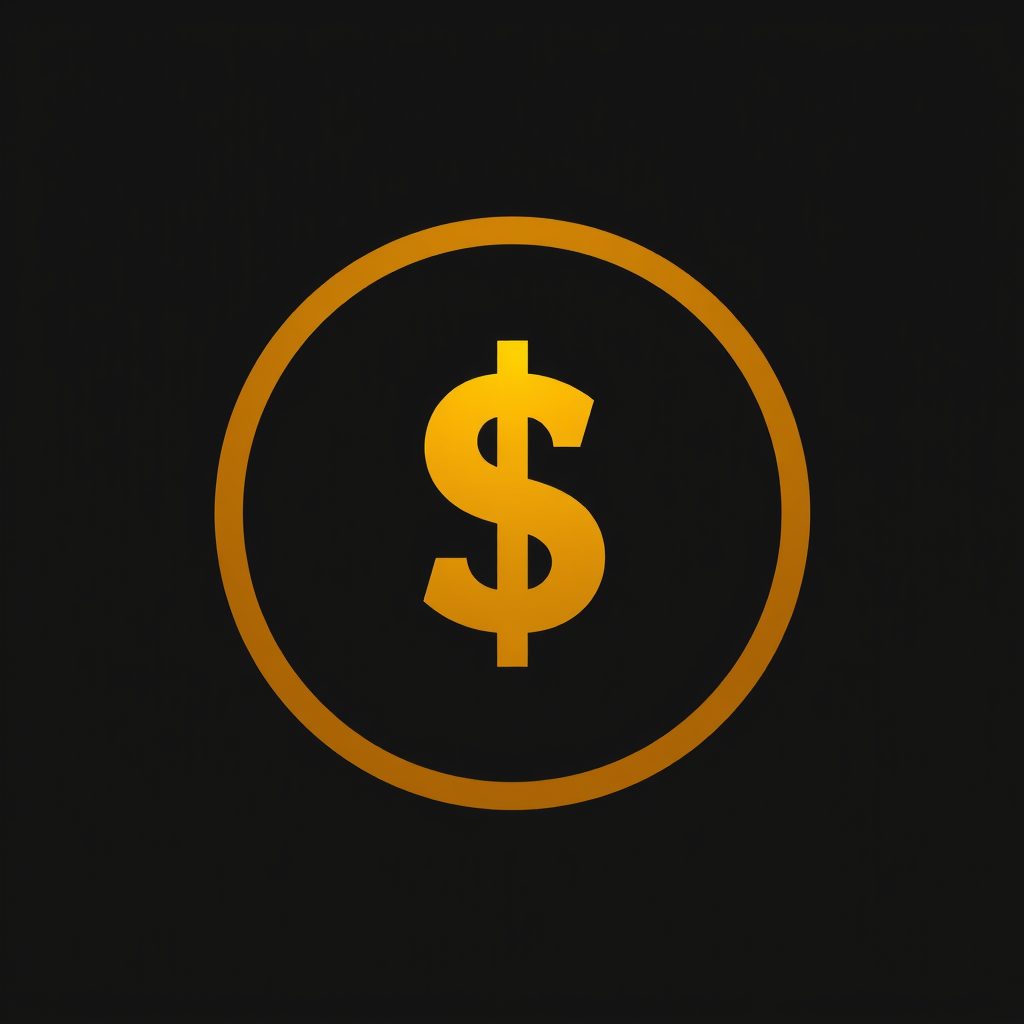By Cap Puckhaber, Reno, Nevada
I’ve been watching the investing world evolve for 15 years. It’s rare that something truly new comes along. Most of the time, it’s just a new coat of paint on an old idea. But what Robinhood is doing with its new “Robinhood Social” is different. This isn’t just a product launch. It’s a profound shift in the very psychology of investing. It’s about blending the raw, high-energy world of social media with the typically quiet and personal act of investing. Robinhood Social is set to be a significant and potentially controversial new chapter for retail investors.
The Robinhood Social Platform: What We Know and Why It’s Different
Robinhood unveiled its new “Robinhood Social” platform at the annual Hood Summit in Las Vegas. From what we’ve seen, its features are designed to fundamentally merge the worlds of trading and social media. The platform will allow users to share their trades, positions, profit and loss metrics, and the timing of their transactions. This is a significant departure from traditional social forums, where claims of success are often unverifiable. The system requires that you post actual trades, and it will display your performance metrics. The platform will also include publicly reported trades from hedge funds and politicians, as sourced by outlets like Business Insider, Axios, and Yahoo Finance.
Paradigm Shift
This new approach represents a significant change from existing models. Current platforms like Reddit and Discord have a lot of noise and unsubstantiated claims, making it difficult to know who to trust. Robinhood Social’s built-in verification aims to solve this by tying content to real, verified trading activity. Similarly, unlike third-party content creators on other social media, this platform integrates performance history directly, which can reduce the risk of misleading information. While other brokers have tried social features, Robinhood has the advantage of its scale and brand recognition, promising a more robust and regulated environment for social investing. It is currently in a beta test with a small group of users, with a broader rollout planned for the future, a detail also reported by AInvest.
Transparency
This new level of transparency could bring a lot of change. The “WallStreetBets” phenomenon of 2021 showed how emotional energy and a shared identity can produce massive market moves. However, that was often chaotic, unpredictable, and had many downsides. If Robinhood Social works as designed, it could harness similar energy under more structure and verification. This could lead to faster dissemination of ideas and potentially more responsible behavior, but it also puts a new level of pressure on traders whose public profiles will be on display. The reactions so far from places like Reddit and financial media outlets have been a mix of excitement over transparency and skepticism about the potential for “gamification.”
A Deeper Look at the Behavioral and Psychological Dimensions
This is where it gets interesting. As someone with 15 years of experience in marketing and user behavior, I see how Robinhood Social is designed to pull on powerful emotional and psychological triggers. Behavioral finance, a field that studies the influence of psychology on investor behavior, provides the perfect framework for analyzing this. At its core, behavioral finance acknowledges that people are not always rational actors, and their decisions are often influenced by biases and emotions. This is a far cry from traditional financial theory, which assumes perfect rationality.
Social Proof and the Herd Mentality
One of the most powerful psychological phenomena at play here is social proof. This is the tendency for people to assume the actions of others reflect the correct behavior for a given situation. On Robinhood Social, seeing a verified trader with a high follower count and a history of successful trades can create a powerful urge to mimic their actions. It gives the impression that they are an authority, and their actions are the correct ones. This taps into the deep human need to belong and to be on the winning team. The “trending trades” feature will likely accelerate this effect, making it feel as if everyone is getting in on the same opportunity.
This is a double-edged sword. While it can lead to the quick dissemination of good ideas, it can also lead to herd behavior. Herd behavior is the practice of following the actions of a group without a clear, independent reason. It’s what fueled the GameStop and AMC frenzy. A successful P&L might hide the fact that the trader took a huge, reckless risk, and when others follow, they are taking on that same risk without even knowing it. This can lead to market bubbles where a stock’s value rises not because of its fundamentals, but because of a self-reinforcing loop of social proof and speculation. For novice investors, this is a particularly dangerous pitfall. They may feel a pressure to make trades just to “fit in” or to avoid feeling left out, a powerful emotion known as FOMO (Fear of Missing Out).
The Role of Visibility, Identity, and Gamification
The visibility of one’s trading performance introduces a new set of psychological factors. For a trader with a positive track record, their profile becomes a source of status and identity. They are no longer just an investor; they are a “successful trader” with a following. This can be a powerful motivator, but it also introduces the risk of performance anxiety. The other side of visibility is that losses are also out in the open. People generally don’t like to expose their failures, which may lead to them avoiding posting altogether unless they are confident in their success. This can create a distorted reality where only winning trades are celebrated, making it appear as if everyone is winning all the time.
The design of the platform, with its follower counts and trending lists, could also introduce a powerful element of gamification. The pursuit of a higher follower count or a spot on the leaderboard might become more important than making sound, long-term investment decisions. This is where investing can become less about financial returns and more about social recognition. Users may be incentivized to make sensational and risky trades that get a lot of attention, rather than prudent ones that align with a long-term strategy. This has serious implications for the long-term financial health of the user base.
Why This is a Game-Changer: Three Key Shifts
From my vantage point of 15 years in marketing and finance, I see Robinhood Social as a fundamental pivot point. It’s not just an iteration of what already exists; it’s a new model that could reshape how retail investors interact with the markets and what they expect from their brokers.
1. The Democratization of Trade Intelligence
Historically, high transparency about institutional trades has been a privilege of a select few. The public release of hedge fund and political trading data is a deliberate step to level the playing field, a detail also reported by FX News Group. By embedding this information directly into a social feed, the average investor gains access to insights they may not have otherwise seen. This could empower a new generation of investors to make more informed decisions by seeing what some of the market’s biggest players are doing. This is a powerful step toward democratizing a kind of market intelligence that was once reserved for institutional investors.
2. “Proof vs. Promise” Becomes Central
The world of online finance is saturated with promises, hot tips, and bold claims. But in most forums, there is no system for verifying these claims. Robinhood Social is pushing verified proof to the forefront by tying posts directly to real trades and performance metrics. This is a radical shift that may force other content creators and newsletters to raise their standards. The ability to verify a “finfluencer’s” claims with real data introduces a new layer of trust and accountability that has been largely missing from the online financial space. A successful P&L might hide the fact that the trader took a huge, reckless risk, and when others follow, they are taking on that same risk without even knowing it. This is a major change in how trust is built and earned in the digital investment landscape.
3. A Shift in What Drives Retention
Brokers used to compete on a few core metrics: low fees, user experience, and the availability of tools. Now, the new frontier is community and social visibility. The more a user is invested in their public identity on the platform, the higher their retention rate will be for the company. A user’s engagement isn’t just about charts and trading anymore. It’s about their identity and community on the platform. This is a powerful new way to drive retention, but it also carries a significant risk. If the community becomes toxic or misaligned with sound investing principles, it could backfire and lead to a significant user exodus. The design of the platform will determine whether it promotes more volatility or more stability. This shift toward community-driven retention means that Robinhood is taking on a new role as a social media company, with all the associated benefits and liabilities.
The Controversial and Unspoken Risks
While Robinhood Social presents some exciting opportunities, it’s also fraught with significant risks that are not being discussed enough. From my experience, these are the most critical issues that users, regulators, and the company itself will need to address.
Manipulation and Ethical Concerns
Even with verified trades, there are ways for bad actors to manipulate the perception of their success. A trader could post only their winning trades or cherry-pick their best performances while hiding their losses. They could also coordinate with others to create a “pump-and-dump” scheme, where they hype a stock to drive up the price and then sell off their position at a profit, leaving their followers with a worthless asset. The ethical questions are immense: is it fair for some users to build large followings and potentially monetize attention from novices? What responsibility does Robinhood have to prevent misinformation or misleading behavior?
Regulatory Exposure and Legal Liability
The public nature of the feed will inevitably invite scrutiny from regulatory bodies like the SEC. The platform could be viewed as a forum for providing financial advice, which could expose Robinhood and its users to new legal liabilities. The SEC and FINRA have launched multiple investigations targeting financial influencers and their relationships with brokerage firms, and both authorities have issued warnings about the risks of non-compliance. Issues like insider trading, conflicts of interest, and securities regulations could become much more prominent issues for both users and the platform itself. It is not an exaggeration to say that this platform could become a test case for how regulators handle the convergence of social media and finance.
Risk to Novice Investors
The more public and social the feed, the more pressure novices may feel to mimic trades without understanding the underlying risks. A successful P&L might hide the fact that the trader took a huge, reckless risk, and when others follow, they are taking on that same risk without even knowing it. This is a major concern. The platform’s algorithm may amplify popular trades, regardless of their risk, creating a dangerous feedback loop where people pile into a stock without solid fundamentals.
My Insights and Opinion: What to Watch For
As Cap Puckhaber, I’ve seen countless “shiny objects” in fintech. A few, like Robinhood Social, have the potential to change the rules. Here is what I am excited about and what I am worried about.
What Excites Me: A New Age of Transparency and Education
For too long, investing content has been murky. A platform that forces proof and real performance metrics can change everything. Authenticity will win in the long run. The chance for a newer investor to follow someone with a proven track record, see how they think, and learn from their decisions is huge. This could accelerate learning and reduce mistakes, a detail that I believe is critical for the long-term health of the retail investor community. If the trend is toward more disciplined, evidence-based behavior and less rumor-chasing, it could reduce some of the volatility caused by misinformation and wild speculation.
What Worries Me: The Unseen Dangers
My biggest worry is the misaligned incentives. Popular traders may be incentivized to maximize likes and followers, which could push them toward sensational and risky trades, not necessarily prudent ones. This could lead to emotional overload and overtrading, as users feel pressure, anxiety, and guilt from seeing others’ performance. Losses are on display, and comparisons are constant. This could lead to a less rational, more emotional trading environment. The biggest risk is that this platform will magnify market bubbles and lead to herd behavior amplified by the social component.
What This Means for You and the Simple Finance Blog
Trends like Robinhood Social are more than just product news; they affect how people invest, what they expect, and the mistakes they make. This is a moment where the Simple Finance Blog can lean in and own the conversation.
Our Commitment to Actionable Content
At Simple Finance, we will help people avoid being dazzled by social proof without understanding the cost. When the beta launches and data becomes available, I will do case analyses on how successful users grew their following and, more importantly, how they handled their losses. I’ll also share stories of people who got burned following popular traders blindly. We will also provide practical tools and guides on things like how to build a reputation as a verified trader ethically and how not to get sucked into the hype feed.
A Behavioral Finance Lens: Understanding Your Own Mind
This platform will force investors to confront their own psychological biases. My writing will explore how emotions like pride and envy play a larger role when performance is public. I will help you understand your own biases and how to avoid the pitfalls, a core tenet of behavioral finance. We will be an advocate for ethics and regulation. The community needs to push for transparency from influencers and for platforms to take responsibility.
A Motivational Note to My Reader
I’ve been in this game for a long time. Most new tools and apps come and go. A few, however, change the rules. Robinhood Social looks like one of the few. If you are reading this, you are already a step ahead because you’re seeking to understand, not just follow the hype. You want to be a smart investor, one who can see the crowd, understand what’s driving it, and decide when to participate and when to steer clear.
This is your advantage. Use this new visibility to your advantage. Let other people’s wins inspire you, but do not let them pressure you. Demand proof. Do not follow a trader just because they post flashy returns. Watch for consistency and how they handle losses. Learn from emotion, but do not be driven by it. When you see a trending trade and feel that FOMO, pause and ask yourself if you truly believe in the trade and if it aligns with your own risk tolerance.
At Simple Finance Blog, I am committed to helping you not just interpret these trends, but navigate them. So you can keep growing your wealth, investing wisely, and doing it in a way that is right for you. I am Cap Puckhaber. This is the Simple Finance Blog. Let’s lean into this new age of investing, not with blind following, but with informed leading.
Investing Blog for Beginners
Hosted by Cap Puckhaber of Black Diamond Marketing Solutions, this investing blog offers daily articles on investing, savings, bonds, interest rates, mortgages, and more.



About the Founder / Author
Cap Puckhaber is a seasoned marketing strategist and finance writer, based in Reno, Nevada with over 20 years of experience investing, marketing and helping small businesses grow.
He offers expert advice on how to save for retirement, how to use a retirement calculator and the difference between T-Bills and CDs.
He shares actionable insights on how to promote your business locally for free and on trending platforms like X.
He shares his personal investment journey, how to use trade volume to predict breakouts, and his take on covered call strategies.

Follow Cap Puckhaber Online
Connect with Cap Puckhaber on Facebook
See Real-Time Thoughts on X
Read In-Depth Articles on Medium
Subscribe to Cap Puckhaber’s Substack Newsletter
Follow Cap Puckhaber’s Company Page on LinkedIn
View Our Agency Profile on DesignRush
See Cap Puckhaber’s Agency on Agency Spotter
Explore Technical Projects on GitHub
See Cap Puckhaber’s Creative Portfolio on Behance
Learn more about my company on Crunchbase
Join Cap Puckhaber’s Conversation on BlueSky
Follow My Updates on Mastodon

Backpacker, Marketer, Investor, Blogger, Husband, Dog-Dad, Golfer, Snowboarder
Cap Puckhaber is a marketing strategist, finance writer, and outdoor enthusiast from Reno, Nevada. He writes across CapPuckhaber.com, TheHikingAdventures.com, SimpleFinanceBlog.com, and BlackDiamondMarketingSolutions.com.
Follow him for honest, real-world advice backed by 20+ years of experience.


